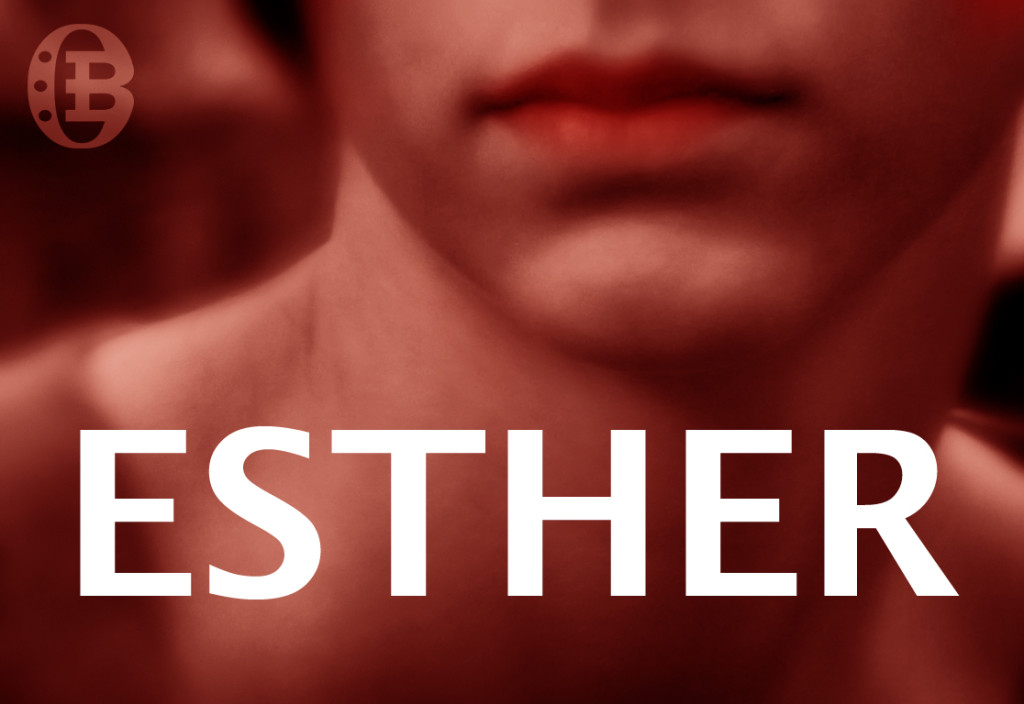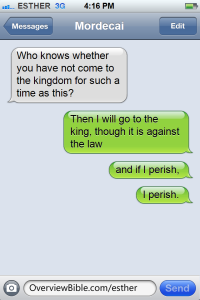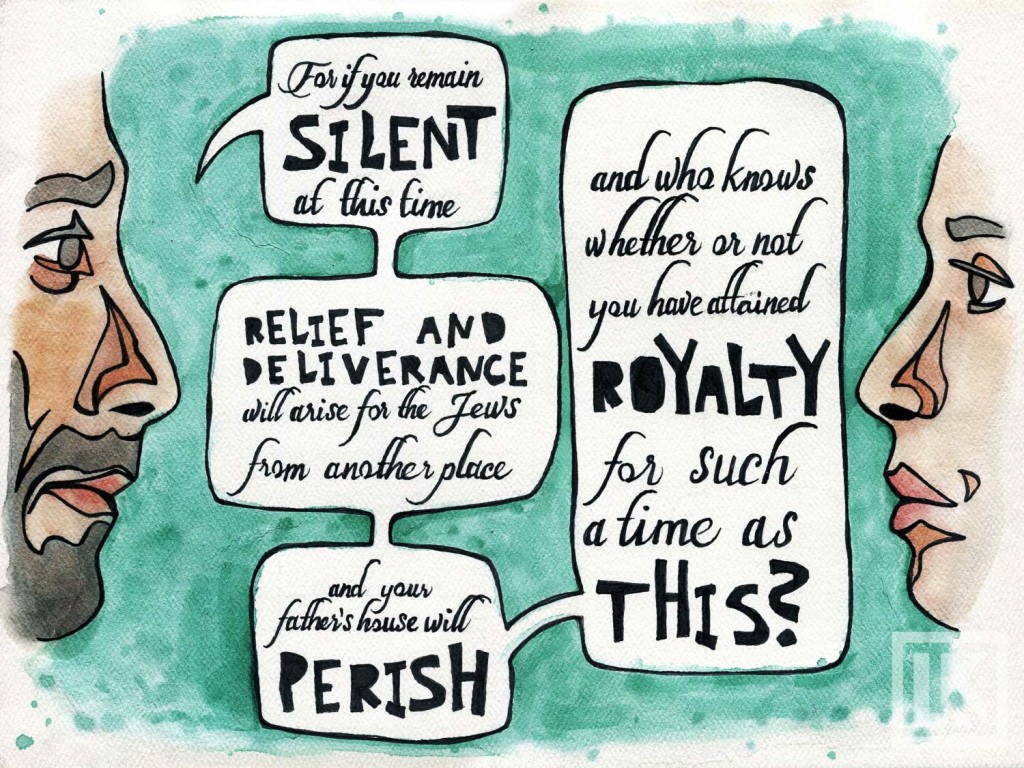 What is Esther about?
What is Esther about?
Courage. Faith. Betrayal. Politics. Plots of genocide. The book of Esther is a drama about how two Jews risked everything to save their people.
The story is set in Susa, the capital of the Persian Empire. Not long ago, the Jews were taken from their land to live as captives in Babylon for 70 years. God (via the Persian Cyrus) had brought a remnant of His people back to their homeland, but not everyone had returned. The Jewish people remained scattered across the Middle Eastern world, including a woman named Esther and her cousin Mordecai.
But although the Jews were enjoying a time of restoration, there were still those who wanted them all dead.
The book of Esther focuses on four central characters:
- Queen Esther, the heroine. When Esther becomes queen, she keeps her Jewish decent a secret (Est. But when she learns of a plot to kill all the Jews in the Persian provinces, she courageously uses her position to intercede on behalf of her people.
- Mordecai, Esther’s cousin. Mordecai is a devout Jew characterized by conviction. He is loyal, strong, and persistent. He saves the king from an assassination plot early in the story—foreshadowing his work to save the Jewish people. Mordecai refuses to bow to Haman, which instigates the central conflict of Esther: Haman vs. Mordecai. Mordecai is a father figure to Esther (an orphan), advising and informing her through the story.
- Haman, enemy of the Jews. Haman rises to power in Susa, but Mordecai refuses to bow to him. Haman escalates the conflict by getting the king to sign an edict against all Jews in the empire and planning to hang Mordecai. Esther intercepts his plans, however, and the king kills Haman instead. Haman is called an “Agagite,” possibly referring to King Agag the Amalekite (1 Sa 15:8)—the Amalekites had opposed Israel for hundreds of years (Dt 25:17–19).
- King Ahasuerus. The king deposes Queen Vashti when she publicly disobeys him at his banquet. He then brings on Esther as his new queen. Ahasuerus is a very reactive character in the story: he deposes Vashti, he goes along with Haman’s plot, he makes grand promises to Esther, he allows Esther and Mordecai to write their own counter-laws and enact their own feasts. Ironically, the king of 127 provinces is the weakest of the main characters.
It’s a fascinating story of faith, courage, and conviction. We do not know who wrote the book of Esther, although Mordecai’s records may have served as a source (Est 9:20).
Theme verse of Esther
The theme of Esther is summarized in Esther’s conversation with Mordecai in chapter 4.
[Mordecai to Esther] “For if you remain silent at this time, relief and deliverance will arise for the Jews from another place and you and your father’s house will perish. And who knows whether you have not attained royalty for such a time as this?” (Est 4:14)
[Esther to Mordecai] “I will go in to the king, which is not according to the law; and if I perish, I perish.” (Est 4:16b)
Esther’s role in the Bible
The drama of Esther is unique among the books of the Bible. There is no mention of God. There is no mention of covenant. At face value, it comes across more like a political novella than a movement in the biblical narrative.
However, when you read Esther in the context of God’s covenant relationship with Israel, it becomes clear that something bigger is stirring below the surface:
- Why do Esther and Mordecai fast?
- How is Mordecai so confident that the Jews will be delivered?
Mordecai and Esther act in faith that someone or something will intervene for their people. Their bold faith propels the story to its end: the deliverance and prosperity of the Jews.
The book of Esther gives us an idea of what faith looks like when it’s played out, and challenges us with the question: is my faith as evident as Esther’s and Mordecai’s?
Quick outline of Esther
 The author of Esther makes great use of parallelism in storytelling. The first half of the book opens with a feast and lays out problem after problem for Esther and Mordecai, while and the second half resolves those problems in reverse order and concludes with the Jewish feast of Purim.
The author of Esther makes great use of parallelism in storytelling. The first half of the book opens with a feast and lays out problem after problem for Esther and Mordecai, while and the second half resolves those problems in reverse order and concludes with the Jewish feast of Purim.
- Ahasuerus holds a feast and selects Esther as his queen (Es 1–2)
- Haman plots to destroy the Jews.
- Ahasuerus promotes Haman, who plots to kill the Jews (Es 3).
- Esther must risk her life to intercede for the Jews (Es 4–5:8).
- Haman plans to kill Mordecai (Es 5:9–14).
- Esther foils Haman’s plan
- Ahasuerus has Haman honor Mordecai instead (Es 6)
- Esther intercedes for the Jews and Haman is killed (Es 7)
- Ahasuerus promotes Mordecai, who delivers the Jews (Es 8)
- Esther and Mordecai institute the feast of Purim (Es 9–10)




